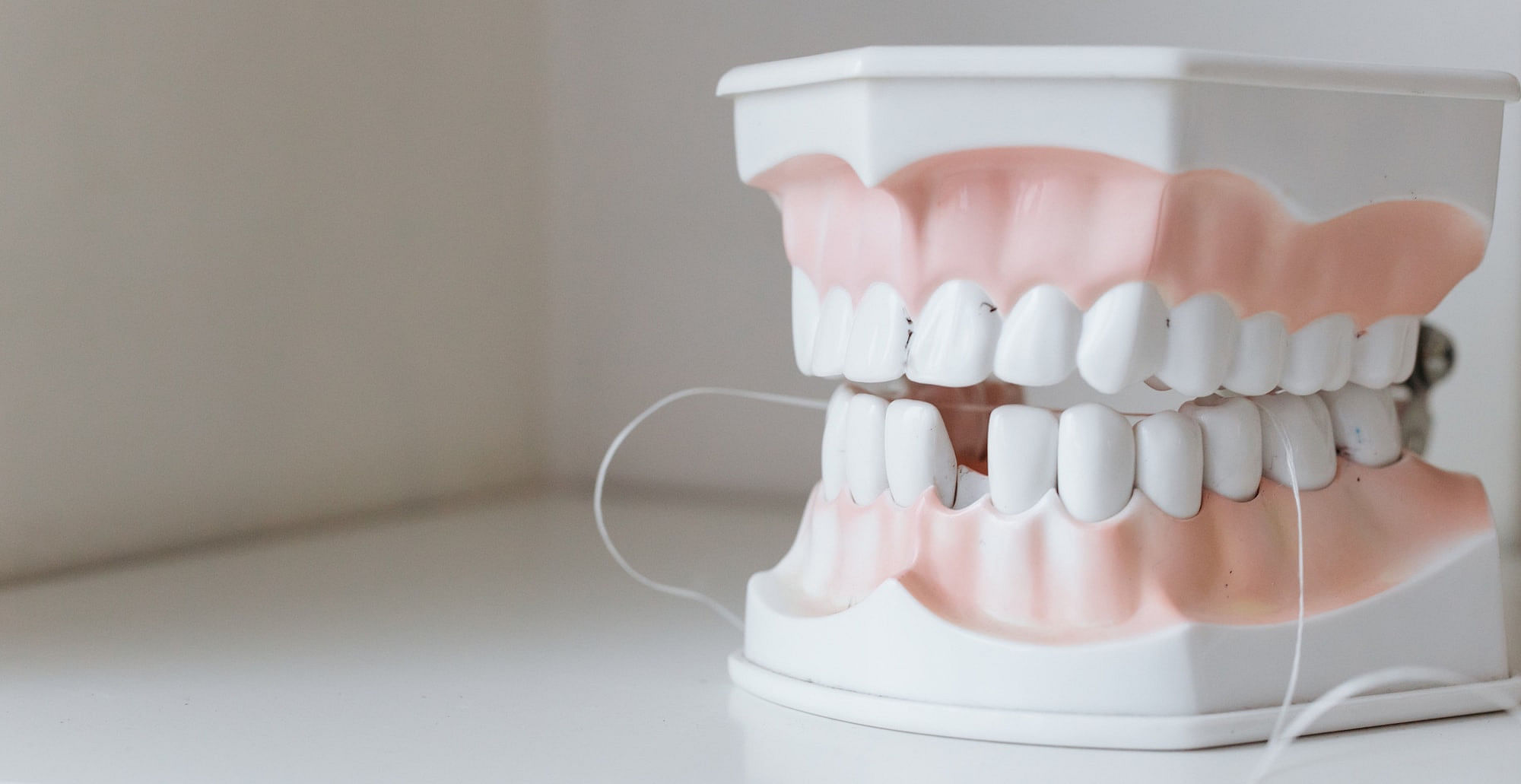

Education
Station
A Holistic Approach to Dental Health
Perhaps the most significant question we can ask our health care professional is …How will I know when I’m healthy? My guess is that most physicians would have a tough time with that question given their training and daily experiences of relieving symptoms and dealing with life-threatening health events. For those of us in dentistry who are health-centered and focus on wellness, we do have an answer. We have a healthy mouth when the gums are attached to the teeth like an oyster to its shell and there is no bleeding, when there are no infections in the gums and bone, and when there are no openings in the teeth, and finally when the forces within the chewing system are evenly spread amongst all the teeth and controlled! Once achieved, the mouth will not deteriorate and the aging process will stop.
So what do we know about the health of the mouth and our overall health? The evidence that there is a link between gum disease and heart disease is substantial. In addition, chronic gum disease has been linked to insulin sensitivity and may play a role in Type II diabetes. We know that an abscessed tooth can depress the immune system and can raise the PSA in males. The ancient Chinese even linked the teeth with different organs of the body and this concept is still in use today.
A continuing source of controversy both within and outside of the profession is the use of mercury fillings. We know 2 things for sure. First, mercury is one of the most dangerous neurotoxins known to man. There are no safe levels of mercury in the human body. Secondly, and even the FDA has finally confirmed, that mercury vapors leave these restorations for the life of these fillings. We even have strict guidelines for the disposal of scraps of mercury fillings due to the potential deleterious effects on the environment.
Beyond all this, what if I told you that there are 6 subclinical defects (not readily visible but seen readily in blood work) that present in all chronic illnesses, chronic infections, and toxicities. Ironically, all of these defects show up in the mouth, making dentistry much more about health than just fixing teeth. For more details on these defects go to leblancdental.com/health articles. Let’s look at one of these, free excess calcium.
For years, when a patient came in with “tartar” (calcium) on their teeth, we immediately worked with them to better care for their teeth at home. Now we know that healthy people do not get calcium deposits on their teeth and that these deposits are more of a systemic problem than a dental. Less than ½ of 1% of all the calcium in our body is unbound or free. Slight elevations of this percentage lead to excess free calcium. One has to ask …”From where is this calcium coming?” Is it coming from the diet, or from excess supplementation, or is it coming from the bones?
If it is coming from supplementation, we have to question the validity of all women taking 1200mg of calcium daily, as though they are all the same. If it is coming from the bones, it begs the question, why, and if that is so, will the calcium that is being supplemented actually get into the bones? And where else is this calcium being deposited? How about in the breasts as seen on mammography? How about in the arteries as seen in “hardening of the arteries”? What about the popular high blood pressure drugs called calcium channel blockers?
So what now? How can health-centered people deal with all that is happening and find the right dentist? Make sure your dentist listens to your concerns without judgment. Make sure you’re treated in a comprehensive fashion, meaning that the health of the gums, the teeth, and the chewing system are evaluated together. Finally, make sure that the dentist is as concerned about the cause of your problems as he/she is concerned about fixing the problems.
Take a look at some of our other posts from our Education Station.


